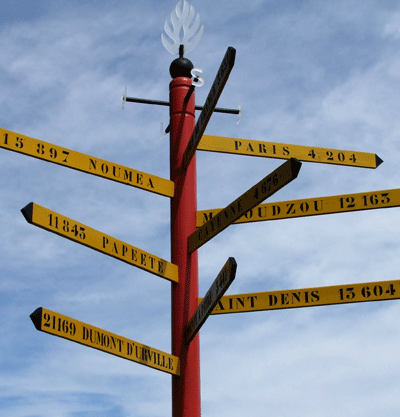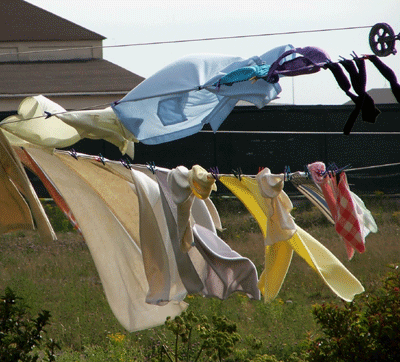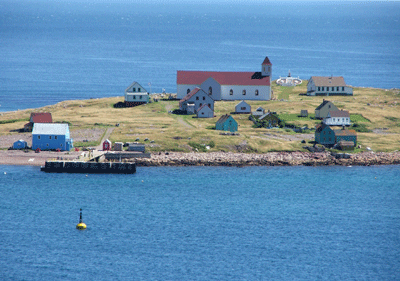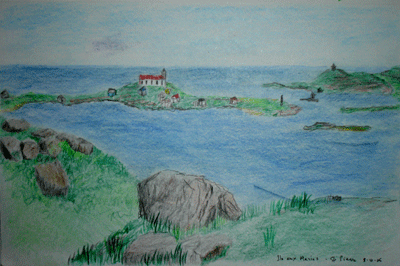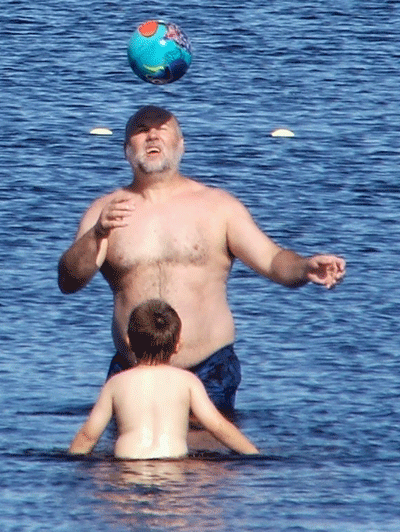Tales of a 21st Century Gypsy
August 10, 2006. St. Pierre
From the bird sanctuary I headed back north, and then down the next peninsula - the Burin Peninsula – for a quick side trip to France. Seriously. Off the south western coast of Newfoundland are a few islands, referred to collectively as St. Pierre et Miquelon, that are French overseas territory. I’ve had a hankering to go there for ages, but a few years back, when I looked them up on the web, even Newfoundland seemed incredibly distant, so heading to islands off its coast was out of the question. Even once I made it to Newfoundland, the islands are a very expensive two-hour passenger ferry ride from a town called Fortune, pricey enough to deter most curiosity-seekers from bothering. But now I was determined to get there, just to see what a bit of France surrounded by Atlantic Canada could be like.
Kind of like Newfoundland in French costume. Low hills covered with scrub, bog, blueberry bushes, ponds, and stunted pine trees. Winding coves and harbors, dotted with
